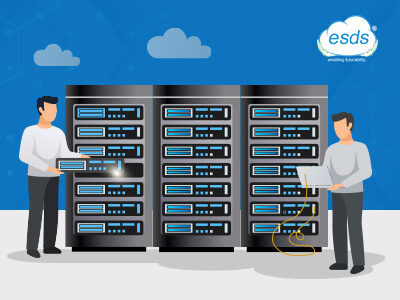Understanding the Data Center Security Solutions and its Benefits
In this unpredictable and competitive market, a growing business needs a strong and trusted cloud partner/data center services provider. To protect the virtual bank of information security has to be top-notch with the best and the latest tools and tech. As businesses are investing strategically in generating data, business owners are also smartly investing toward protecting their data. With trusted and proven technology, tools, and manpower, businesses are investing heavily to ensure data safety.
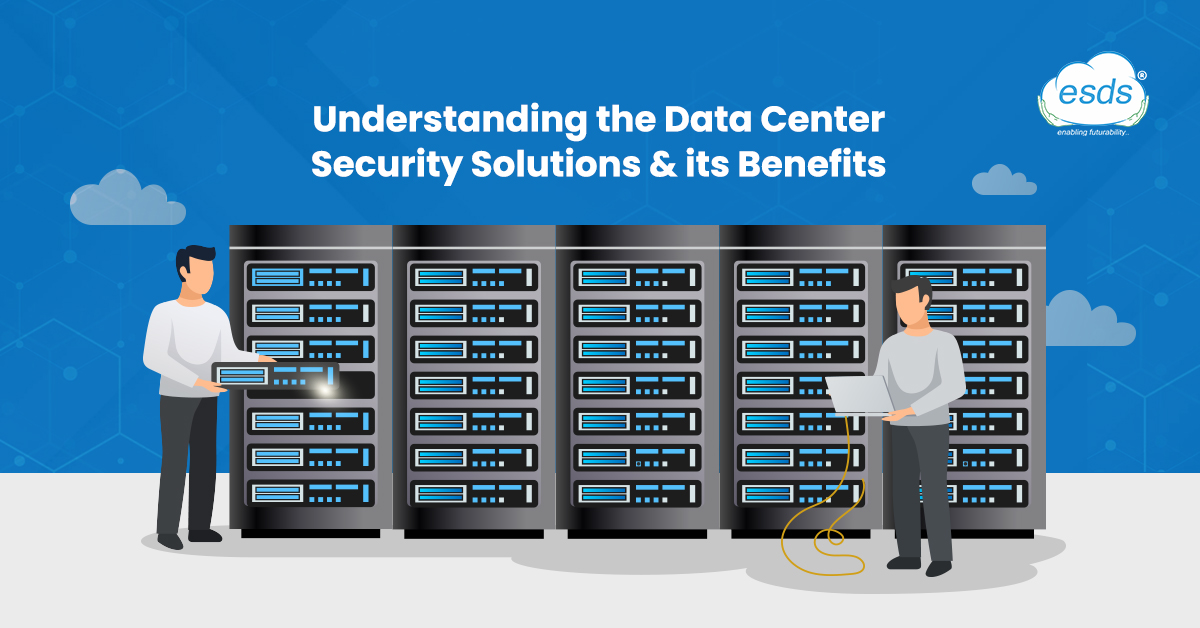
The pandemic has shown the impact and benefits the cloud brings to the table, and maintaining traditional data storage systems has become complex to manage. This is where the third-party storage providers come in for the rescue. Organizations and IT leaders have realized that in order to grow their business in this digital transformation they must incline towards the latest technology be it the cloud, AI, ML, or edge computing.
Adapting to the cloud has helped businesses across sectors not only survive in the industry but also make a profit out of it. In order to grow and thrive in the market a certain standard of security measures is required for a smooth and uninterrupted working cycle. Data centers offer benefits and solutions pertaining to security and storage with ongoing business activities as well.
In this digitized era cybersecurity attacks and breaches have become more prone, since remote working has picked up the pace and almost everything has become digital. Be it groceries, online classes, shopping, entertainment, health & pharma, banking, etc. the digital space needs a more advanced form of protection as it is more in demand.
As per reports, India recorded about 86 million cyber breaches in 2021. From 2015 to 2020 more than 1.1 million which was a much higher number recorded over the past years. In terms of internet usage numbers, India ranks 3rd in the list, as China leads the line followed by the US. All the figures point to getting security in place from a trusted partner with the latest tools and tech.
In layman’s terms, data centers are networked computer servers and devices that store, process, and administer sacred data. This is a crucial segment of any organization’s digital infrastructure. Working with combinations of processes, policies, plans, technologies, and other actions to protect and secure from any type of cyber breach, attack, or threat. Along with storage, data centers also offer services such as backup, recovery, and networking, as they house sensitive data that has been collected and secured both digitally and physically.
So far we have established the need and importance of data centers, now let’s understand the effective steps to implement the security solutions.
As data keeps growing enormously so with the complexity of securing and managing the data, for data centers, it is critical to ensure protection against the existing type of threats but also prepare for unexpected scenarios of security threats. Added security of both physical infrastructure and digital also falls in the data center providers’ purview. Different organizations as per their size, type, and industry have a different sets of compliance and policies, so DC providers have to strategically align with these to deliver solutions.
Digital Security
Malware has been the most common threat for decades now spread via emails majorly, which leads to data centers following strict auditing and monitoring rules to avoid any crisis. Regular and timely auditing with continuous monitoring can help in preventing data breaches or attack situations. Applications before getting deployed on a DC infrastructure go through thorough testing and code reviews. This is done to avoid exposure to any vulnerabilities that can cause cyberattacks in the future.
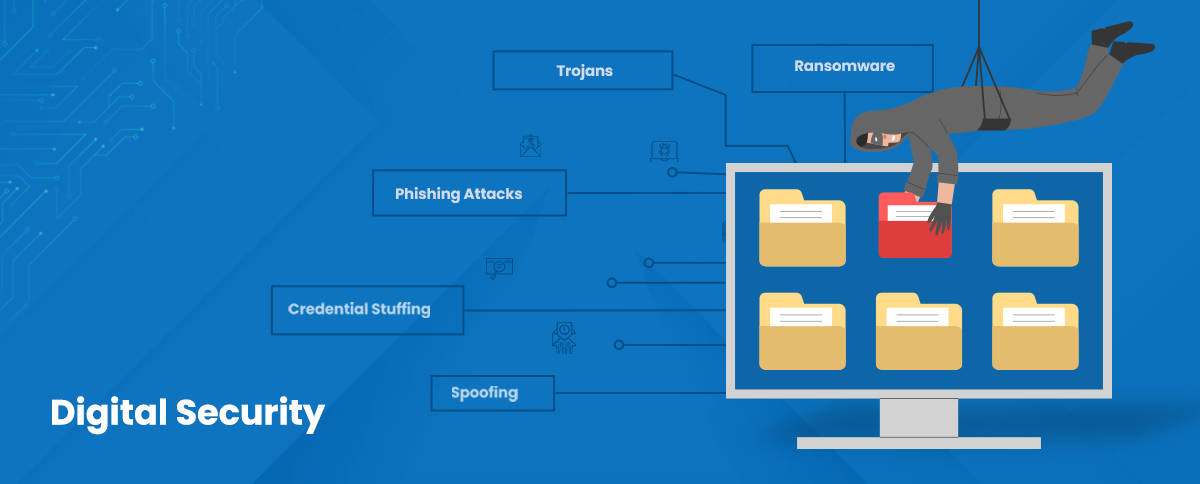
Data centers use a security information and event management tool (SIEM) that gives a 360-degree view of all assets and traffic activity of the organization. The best practice is combining SIEM with risk management and threat detection to spot any suspicious activity and catch it before time. Another method is the network activity segmented across zones, it is stricter not letting customer data get exposed with customer traffic. It allows customers to run the software without any hold-ups in their virtual environment while protecting them from any threats.
Physical Infrastructure Security
Apart from the regular practices such as the remote location of the DC, no glass door policy, and restricted entry among others are religiously followed for security reasons. As primary defense action, surveillance cameras around the DC perimeter are followed. With authorization access, only then a person can enter the premises, followed by a faraday cage with key access, and lastly the biometric scanner. These practices are strictly followed by Tier 4 DCs.
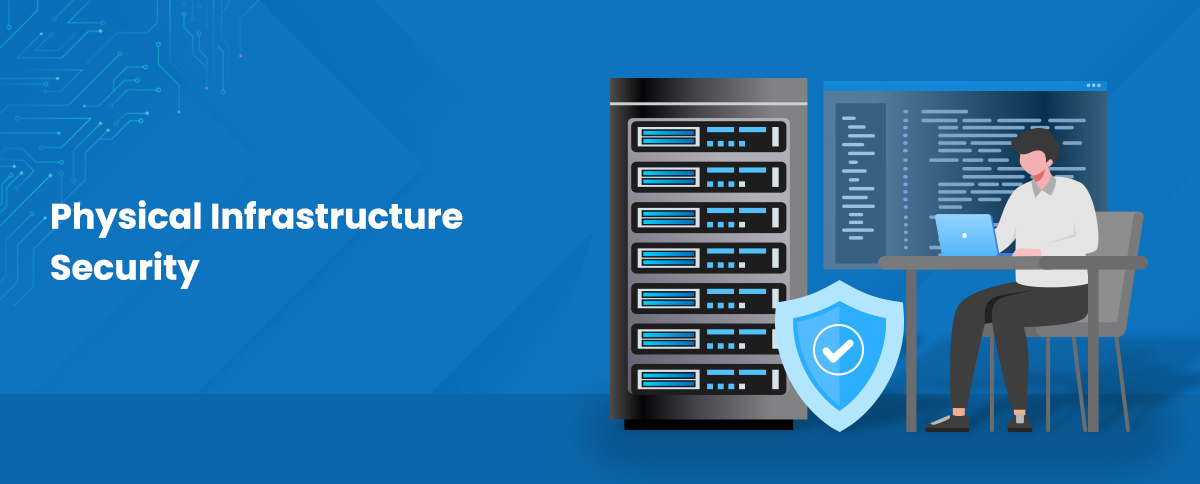
Overall, security is spread across levels throughout a DC to ensure maximum protection and adherence to rules. DC providers strategically chart out rules, regulations, and processes to enable their clients with trusted safety standards for their business data.
Understanding the DC Tiers
The security of a DC is described in Tier levels that are important for a business as per their requirement. For a larger level of facilities, higher tiers are required that give more advanced cybersecurity along with uptime assurance.
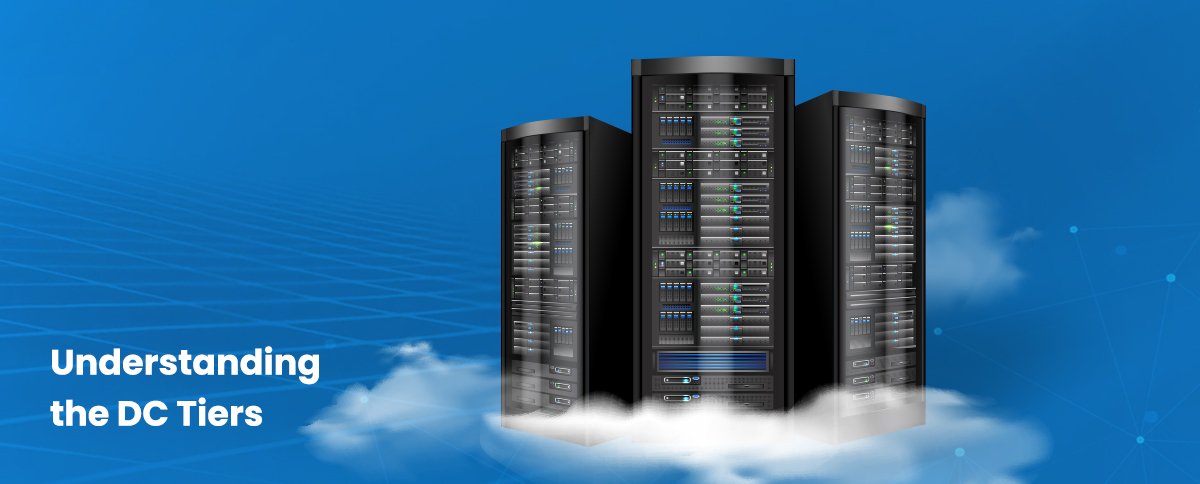
To conclude, data is growing rapidly and so is the cloud, together it will lead to more advanced levels of digital transformation in the coming years. In recent years the cloud has witnessed promising growth with remarkable figures and is expected to further rise only higher. As data is increasing, organizations will need the cloud to manage their data in order to focus on making the best use of the data for growing the business.
- Unlocking Data’s Time Machine: The Importance of Database Point-in-Time Recovery - August 2, 2023
- Future-Proof You’re Data: Navigating the World of Enterprise Backup and Data Protection Solutions - July 7, 2023
- Unleashing the Potential of Long-Term Data Retention: Exploring Trustworthy Backup - May 31, 2023
